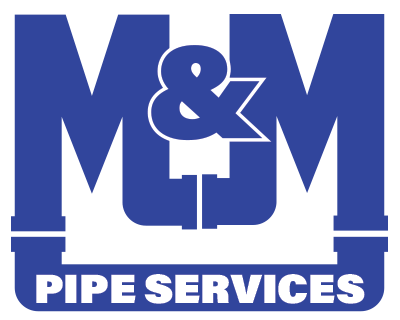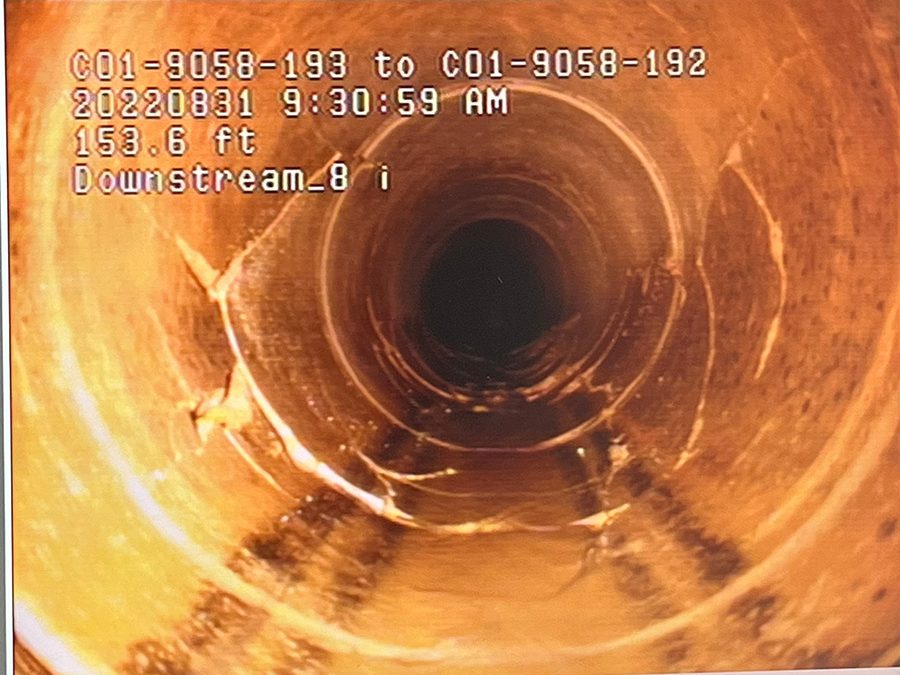The best way to inspect a sewer for damage and debris is to use a combination of visual inspections and specialized equipment designed for sewer inspection. Here’s a step-by-step approach:
Visual Inspection:
- Start with a visual inspection of the accessible portions of the sewer system, such as manholes and cleanout openings. Look for any signs of visible damage, such as cracks, joint separations, or blockages.
- Use proper safety equipment, including personal protective gear and gas detection devices, when entering confined spaces like manholes.
CCTV Sewer Inspection:
- Conduct a CCTV (Closed-Circuit Television) sewer inspection, which is the most effective and non-destructive method for inspecting sewer pipelines.
- Follow the steps mentioned in the previous response for a detailed CCTV sewer inspection procedure.
- Use specialized cameras mounted on wheels or tracked vehicles to navigate through the sewer lines and record video footage of the interior conditions.
Remote-Controlled Robots:
- In some cases, remote-controlled robotic devices equipped with cameras and sensors can be used for sewer inspection. These robots can navigate through pipes, providing high-resolution images and video footage.
- Robots are particularly useful for inspecting smaller pipes or difficult-to-access areas.
Jetting and Cleaning:
- Before inspection, it’s often necessary to clean the sewer line to remove debris and buildup. High-pressure water jetting or mechanical cleaning equipment can be used to clear obstructions.
- Cleaning the pipes not only helps in better visual inspection but also improves the overall condition of the sewer system.
Data Analysis:
- During the inspection, operators should monitor the live video feed and document any observed damage, debris, or anomalies.
- After the inspection, analyze the collected data, including video footage and images, to assess the condition of the sewer line thoroughly.
Comprehensive Reporting:
- Generate a comprehensive inspection report that includes findings, recommendations for maintenance or repairs, and cost estimates.
- Prioritize the identified issues based on severity and urgency to plan for necessary maintenance or rehabilitation work.
Regular Inspections:
- Perform regular sewer inspections as part of a proactive maintenance program. The frequency of inspections may depend on factors such as the age and material of the sewer lines, environmental conditions, and historical performance.
Use Advanced Technologies:
- Consider using advanced technologies, such as laser profiling or sonar imaging, in conjunction with CCTV inspections to get a more accurate assessment of the sewer’s condition.
Professional Expertise:
- Engage trained professionals or specialized sewer inspection companies with experience in sewer evaluation and rehabilitation.
- Ensure that inspection personnel are properly trained and certified to operate the equipment safely and effectively.
A combination of visual inspections, CCTV sewer inspections, and proper maintenance practices is essential for identifying and addressing damage and debris in sewer systems. Regular inspections are key to maintaining the integrity and functionality of the sewer infrastructure while minimizing the risk of costly and disruptive sewer failures.


Recent Comments